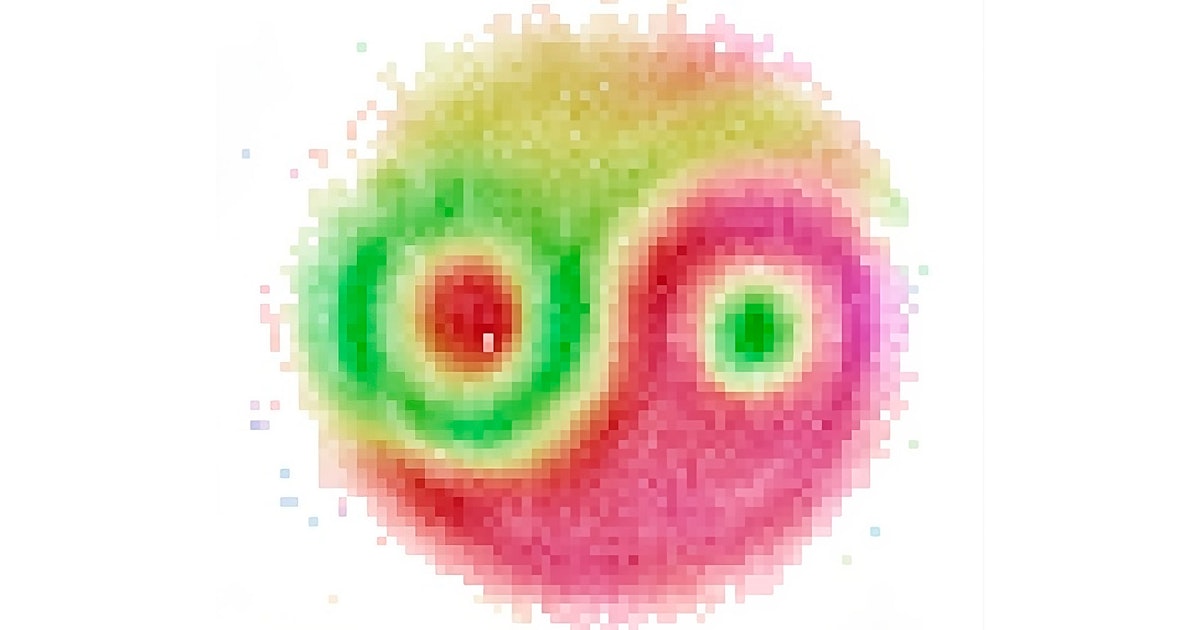Today, researchers from the University of Ottawa in Canada and the Sapienza University of Rome have developed a new technique to visualize this entanglement in record time.
IN an article in the journal Nature Photonics They describe how, using a method they call two-photon digital holography, they created a yin-and-yang-like image of two entangled light particles in record time.
Difficult to capture quantum entanglement
In short, quantum entanglement means that two particles can be bound together over great distances.
This means that, for example, two light particles – also called photons – can behave in such a way that when a change occurs in one particle, a corresponding change occurs in the other.
In order to predict the behavior of a quantum object such as photons, physicists need to find the wave function of the object.
This wave function is a description of the state of the particle which, at the quantum level, exists in what is called a superposition. This means that the particle can be in all physical states at the same time.
It is therefore a big challenge to find the wave function of two coupled particles, because any measurement of one particle results in an instantaneous change in the other.
To solve this challenge, physicists use a method called quantum tomography, which creates three-dimensional reconstructions of particles using measurements.
To do this, physicists need to make many measurements of the quantum state of particles, and the more complex the state, the more measurements they need. Based on the measurements, they can reconstruct a 3D object of the entanglement from projections.
In a press release researchers liken it to recreating a three-dimensional object from two-dimensional shadows.
While this method provides accurate results, it also creates many results that are not physically possible and must be discarded to obtain an accurate image, a process that can take several days.
Entanglement of yin and yang
And finally we arrived at the new method: two-photon digital holography. Holograms are 2D visualizations of 3D objects.
Optical holograms use two beams of light to create a 3D image. A ray hits the object, which reflects it. The second beam reaches an ultra-high precision camera.
The hologram is formed by the pattern formed by interference, that is, the peaks and valleys of the two light waves reinforce or cancel each other out.
Using this method and a nanosecond-accurate camera, the researchers were able to distinguish the received interference pattern by comparing the unknown quantum state with a known state, revealing the yin and yang reconstruction of the two entangled photons.
“This method is exponentially much faster than previous techniques and requires only minutes or seconds instead of days,” explains one of the researchers behind the new technique, Alessio D’Errico from the University of Ottawa, in the press release.
Quantum entanglement is one of the basic elements of quantum computers. A better understanding of entanglement could lead to more stable quantum computers.
The researchers write in the article that the shape of yin and yang appeared by chance due to the angle of optical light rays. In Chinese philosophy, yin and yang describe opposing but interconnected forces, such as light and darkness, order and chaos.

“Devoted reader. Thinker. Proud food specialist. Evil internet scholar. Bacon practitioner.”







